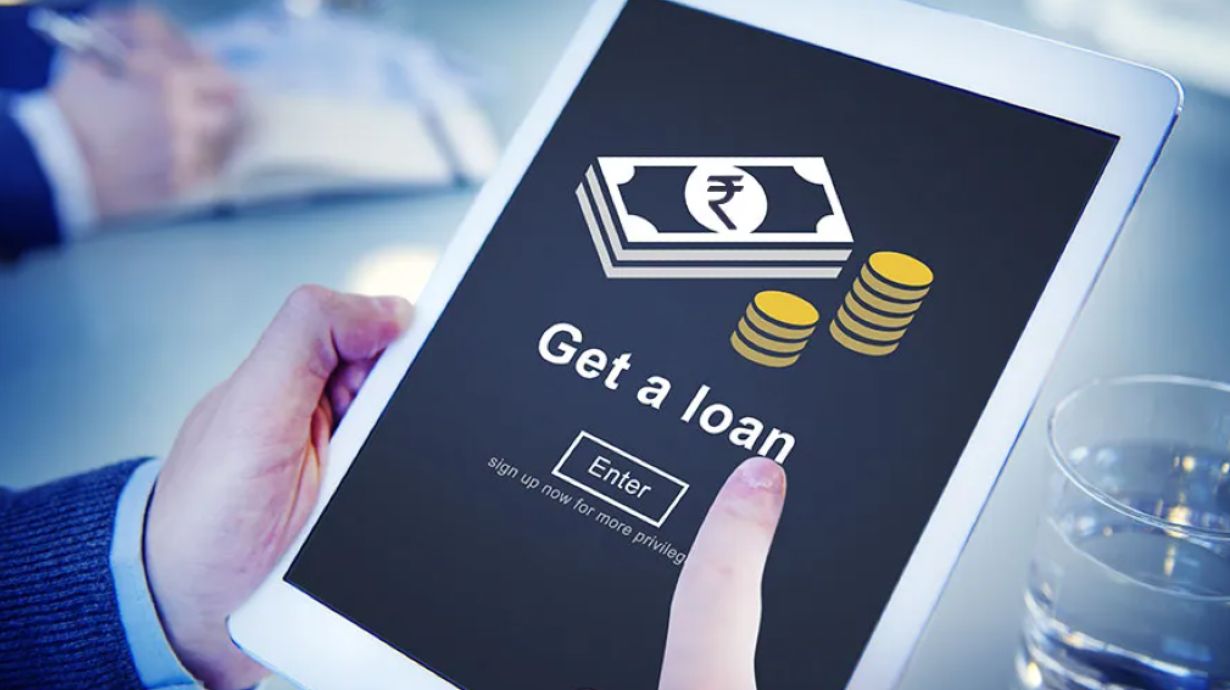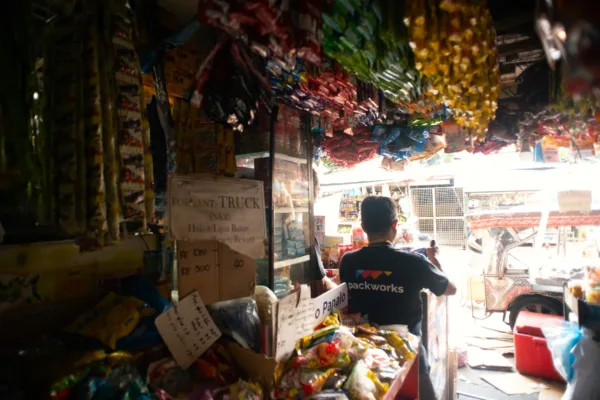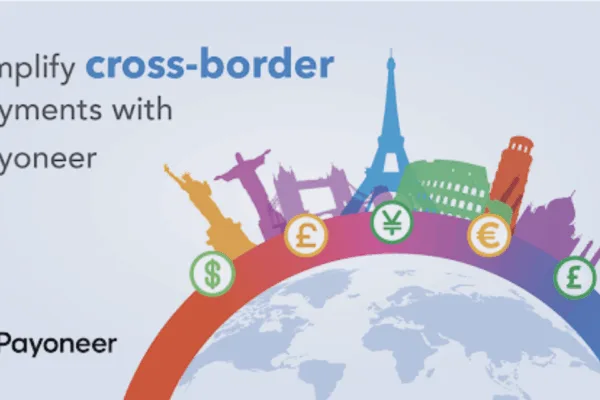Special Report by Edielyn Mangol, Reporter
In recent years, mobile lending apps have become one of the fastest-growing financial services in the Philippines. Known as microloan or quick-loan apps, these platforms promise instant access to credit with just a smartphone and a valid ID.
For millions of Filipinos excluded from formal banking, the allure is undeniable: cash in minutes without the lengthy paperwork required by traditional lenders.

But while app-based lenders provide convenience and accessibility, they have also been linked to abusive practices. Complaints of exorbitant interest rates, hidden fees, harassment of borrowers, and data privacy violations continue to surface. Regulators are tightening the rules, but enforcement has proven challenging given how fast illegal apps are proliferating.
Now this raises an urgent question: Are microloan apps truly empowering Filipinos with financial access, or are they exploiting vulnerable borrowers caught in a cycle of debt?
The rise and appeal of microloan apps

1. Meeting the needs of the unbanked: The Philippines has one of the largest unbanked populations in Southeast Asia. For decades, a lack of credit history, strict documentation requirements, and limited access to banks have left many Filipinos relying on informal lenders or pawnshops. Microloan apps have stepped in to fill this gap.
The model is simple: download an app, submit an ID, provide minimal details, and receive a loan disbursed directly to a bank account, e-wallet, or cash outlet. For small business owners seeking capital or employees trying to cover day-to-day expenses before payday, these apps serve as a lifeline.
2. A rapidly growing user base: Industry surveys suggest that tens of millions of Filipinos have downloaded at least one microloan app. Many are repeat borrowers, highlighting both the accessibility and the dependency that can form. Loan amounts usually range from ₱2,000 to ₱10,000, with repayment terms as short as seven to 14 days.
The fast turnaround time, lack of collateral, and cash availability 24/7 explain the sector’s popularity. For workers living paycheck to paycheck, these apps offer quick solutions in a country where emergencies are common and financial buffers are scarce.
The dark side of microloans
- Predatory pricing and hidden fees: While microloan apps provide easy credit, the cost can be staggering. Borrowers often complain that advertised rates do not reflect the true cost of the loan. For instance, a loan labeled as “10% interest” may exclude service charges, transaction fees, and penalties. After deductions, borrowers sometimes receive less than 70% of the amount they applied for.
- Harassment and public shaming: Perhaps the most troubling issue is the collection methods of some microloan apps. Numerous complaints detail borrowers being harassed through calls, texts, and even threats. In extreme cases, apps have been accused of accessing a borrower’s phone contacts to shame them publicly by messaging friends, family, or colleagues.
One high-profile case in Cebu involved borrowers receiving threats that their personal information, including photos, would be posted online if they failed to repay on time. These practices not only violate privacy but also inflict psychological harm, driving some into depression and anxiety.
Vulnerability of borrowers
The typical microloan user is from the low- to middle-income bracket, with irregular income sources.
For many, the inability to repay within short terms results in multiple overlapping loans from different apps. This “loan stacking” leaves borrowers drowning in debt with little chance of recovery.
The risk is particularly acute for overseas workers’ families, daily wage earners, and single parents—groups that often have no fallback when emergencies strike.
Regulatory efforts and persistent gaps
Existing Laws and Agencies: The Philippine Securities and Exchange Commission (SEC) requires all lending companies to register and obtain a Certificate of Authority. Several circulars mandate disclosure of loan terms and prohibit abusive collection practices. The Data Privacy Act adds another layer of protection, while the Financial Products and Services Consumer Protection Act empowers regulators to impose stricter oversight.

Over the past three years, the SEC has shut down dozens of unauthorized apps and worked with tech companies to remove illegal lenders from app stores. Google has even required apps in the Philippines to disclose full loan terms before approval.
Enforcement challenges
Despite these measures, unregistered apps continue to thrive. Many operate outside the country or simply rebrand under new names once banned. The speed at which apps can be launched online makes it difficult for regulators to keep up.
Another challenge is consumer awareness. Many borrowers remain unaware of their rights or the risks associated with downloading unverified apps. Disclosures, when provided, are often buried in fine print.
Lack of interest rate caps
One major gap in regulation is the absence of clear caps on effective interest rates for microloans.
While traditional lenders are bound by certain limits, online apps often exploit loopholes to charge rates that, in practice, amount to triple-digit annualized percentages. Lawmakers have begun to push for legislation imposing hard caps, but progress has been slow.
Toward fair and responsible microfinance

Reform proposals
To truly balance financial inclusion with consumer protection, reforms are necessary. Advocates have proposed the following measures:
- Interest Rate Caps: Establish clear maximum rates to prevent predatory lending.
- Mandatory Transparency: Require upfront disclosure of net proceeds, total repayment amount, and penalties in plain language.
- Stronger App Store Controls: Ensure only SEC-authorized lenders are listed on platforms like Google Play and Apple’s App Store.
- Improved Complaint Mechanisms: Streamline reporting channels for borrowers harassed or abused by lenders.
Financial literacy as protection
Beyond regulation, empowering borrowers through financial education is key. Awareness campaigns can teach users to identify legitimate apps, calculate true borrowing costs, and recognize abusive practices.
For instance, in Davao, a local NGO has partnered with barangay officials to conduct workshops on responsible borrowing. Participants are taught how to spot red flags in loan terms and where to file complaints against abusive lenders. Such grassroots efforts complement regulatory enforcement.
Industry self-regulation
Some fintech associations are now advocating for self-regulation frameworks, where legitimate players commit to ethical practices. These include transparent pricing, humane collection methods, and strict data protection. If widely adopted, such initiatives could help rebuild trust and differentiate reputable lenders from rogue operators.
Final thoughts: Empowerment or exploitation?

The microloan boom in the Philippines reflects both the opportunities and dangers of digital finance. On one hand, app-based lenders have broken down barriers for millions who would otherwise be excluded from credit. On the other, the absence of strict controls has allowed some players to exploit vulnerable Filipinos through predatory pricing and abusive practices.
Whether microloans empower or exploit will ultimately depend on how the country strikes a balance between innovation and protection. Stronger regulation, active enforcement, and widespread financial literacy are crucial. If reforms succeed, microloan apps could become powerful tools for financial inclusion. If not, they risk deepening cycles of poverty and debt.
For borrowers, the stakes could not be higher. The future of app-based lending in the Philippines must be built on transparency, fairness, and accountability — ensuring that access to credit uplifts rather than undermines.








